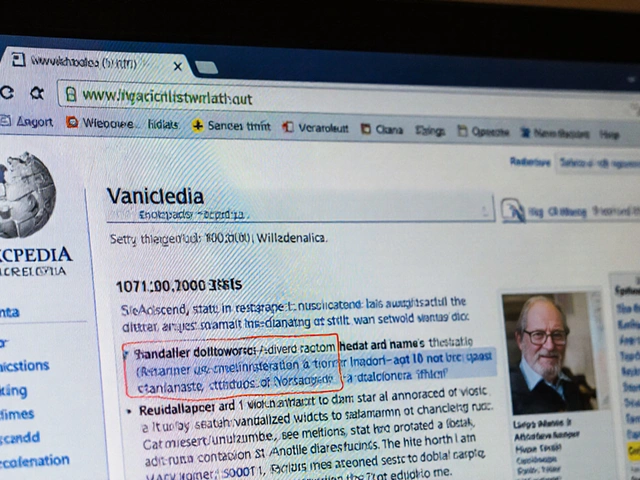Structured Data on Wikipedia: How Wikidata Powers Accurate, Linked Knowledge
When you see the same date, population number, or movie release year appear correctly across dozens of Wikipedia articles in different languages, that’s not magic—it’s structured data, machine-readable information organized in a consistent format so computers and humans can both understand it. Also known as linked data, it’s the backbone of modern knowledge sharing on Wikipedia. Unlike plain text, structured data doesn’t get lost in translation or misread by bots. It’s stored in Wikidata, a free, collaborative knowledge base that acts as a central hub for facts used across all Wikipedia language editions. Every time you update a birth year in Wikidata, it automatically updates every article that pulls that data—no manual edits needed. This keeps Wikipedia consistent, fast, and reliable.
Structured data isn’t just for dates and numbers. It connects people to their achievements, places to their geography, movies to their cast, and diseases to their symptoms. Wikidata isn’t just a database—it’s a knowledge graph, mapping relationships between entities so you can ask questions like ‘Which directors won Oscars and also directed sci-fi films?’ This is why AI systems, researchers, and even Google’s knowledge panels rely on Wikidata. It’s the only encyclopedia where a single edit fixes thousands of pages at once. And it’s volunteer-driven—no corporation owns it. The system works because editors tag facts with precise properties: ‘instance of,’ ‘date of birth,’ ‘country of origin.’ These aren’t guesses. They’re rules. And they’re why Wikipedia stays ahead of AI encyclopedias that guess at sources without verifying them.
Behind the scenes, structured data helps fight vandalism, reduces edit wars, and makes it easier to spot gaps in coverage. If a Wikipedia article about a scientist has no birth date in Wikidata, a volunteer can add it—and suddenly, every language version gains that detail. It’s how underrepresented groups get better representation: someone adds a female physicist to Wikidata, and dozens of articles across the world update automatically. It’s also how journalists find verified facts quickly—no more chasing down conflicting numbers. The structured data layer is what turns Wikipedia from a collection of articles into a living, connected system of truth. What you’ll find below are real stories from the front lines: how volunteers build this system, how it’s being misused, how AI tries to copy it, and why it still beats every automated alternative when it comes to accuracy and fairness.
How Wikipedia Uses Wikidata to Support Citations and Source Metadata
Wikipedia uses Wikidata to store structured metadata for citations, making sources more reliable, easier to verify, and automatically updatable across articles. This system helps combat misinformation and improves global knowledge accuracy.







